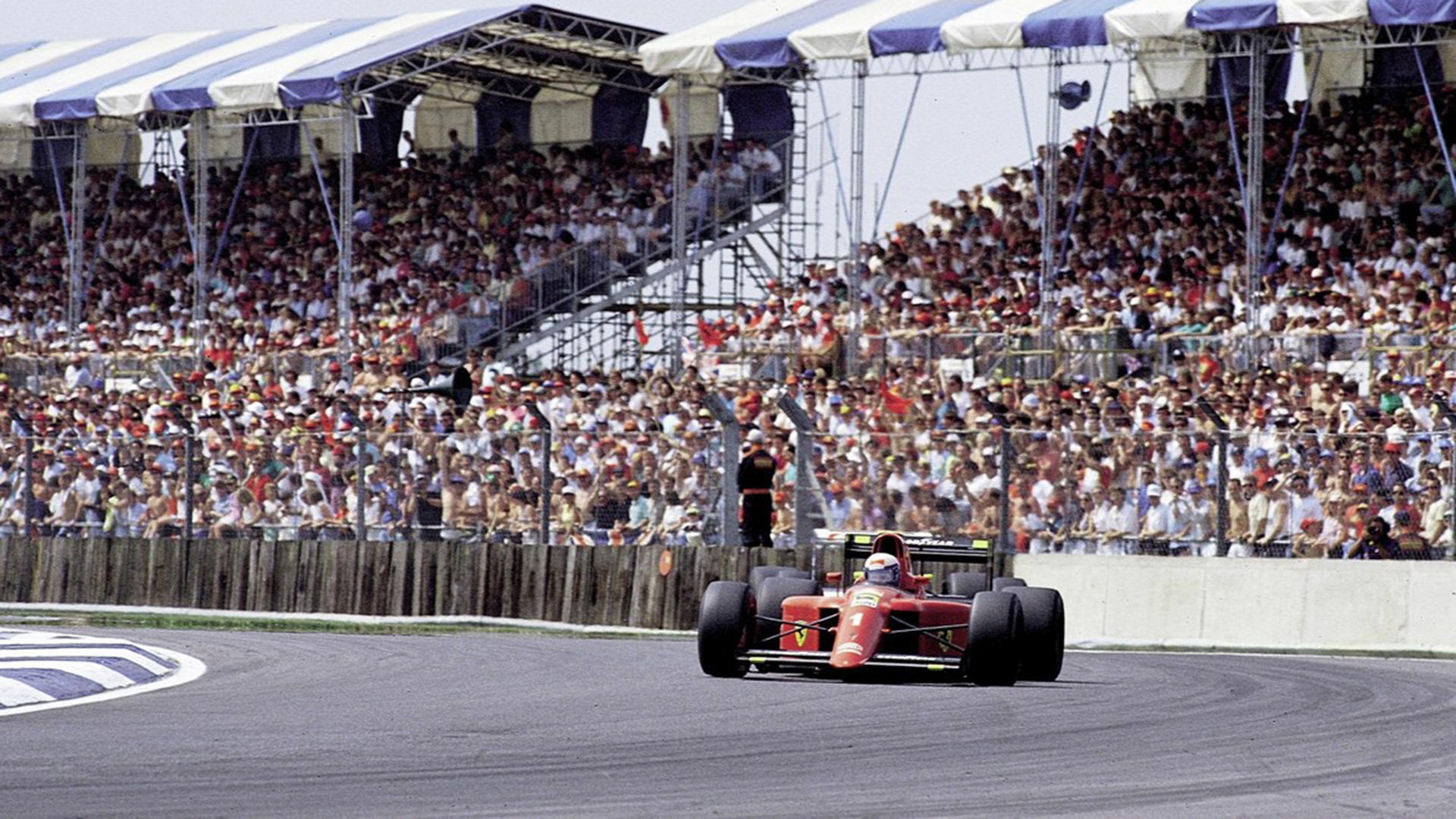




EVOLUTION OF AN ICON
512 TR, SUCCESSOR TO THE TESTAROSSA




EVOLUTION OF AN ICON
It is difficult to evolve an icon like the Testarossa. Difficult, but not impossible, and in 1992 Ferrari responded with the 512 TR. While keeping the conceptual framework that had stunned the world in 1984, the new car featured a number of external cosmetic changes that improved the aerodynamics of the elegant Pininfarina lines, while the interiors were more comfortable and ergonomic.

The new car marked a return to the use of acronyms: the “5” refers to the engine capacity in litres, the “12” to the number of cylinders and “TR” stands for Testa Rossa. It was unveiled at the Los Angeles Motor Show, an event always interested in all news from the world of the Prancing Horse. The 512 TR can be distinguished from its inspirational predecessor by the redesigned radiator grille, which was more in line with the new design trends introduced with the 348. The light clusters are embedded in the body on either side of the grille, which continued to play more of an aesthetic than aerodynamic role, while the traditional pop-up headlights were retained. With the advent of the 512 TR, the raised section and the side air vents of the revised profile were painted in satin black, while the portion of vents located in the tail were keyed the same colour as the body.
There was also a tiny, barely perceptible difference in the profile of the rear buttresses – which in the 512 TR were linear and connected directly to the roof panel, instead of a step and a perforated grille edge as on the Testarossa. New alloy wheels were also introduced, as a very stylish interpretation of the traditional Ferrari five-pointed star shaped design. These rims concealed big drilled and ventilated disc brakes with 4-piston callipers. The independent suspension and steering systems were based on the Testarossa’s, albeit with small variations and adjustments to adapt to larger diameter wheels and to ensure more precise handling.
The 12-cylinder boxer engine, with four valves per cylinder and dry-sump lubrication, was an improved version of the drive unit used in the Testarossa, thanks to the adoption of the Bosch Motronic injection system. Although capacity remained an identical 4943 cc, the numerous changes boosted output by 38 hp: 428 hp on models for the European market, 421 hp at the same rpm on models made for the United States. This increase in power improved acceleration, while the top speed was similar to that of the previous model. The 12-cylinder Boxer was also 30 mm closer to the ground: lowering the centre of gravity toimprove road holding and handling, increasing traction and generally improving driving flexibility.
